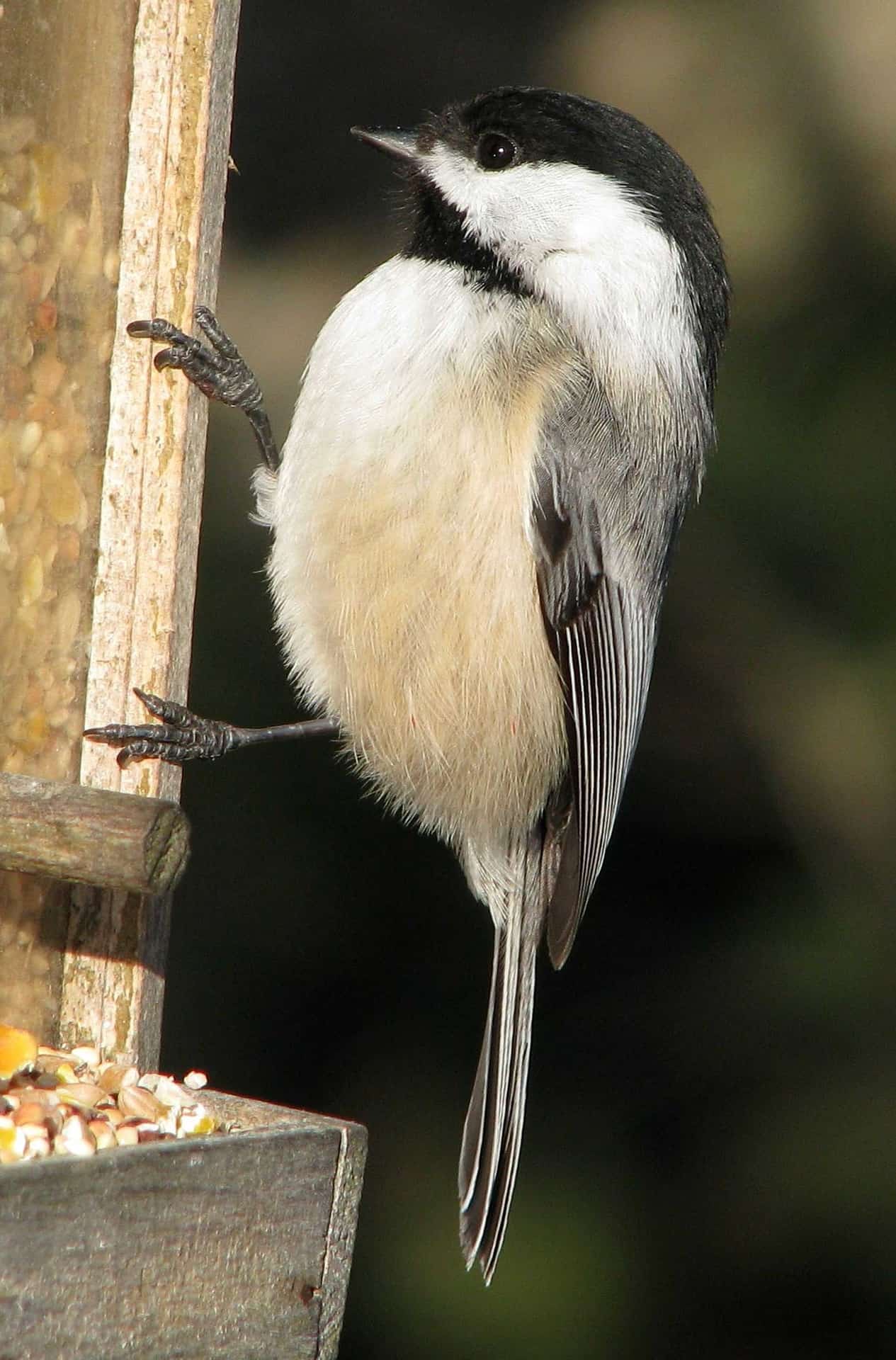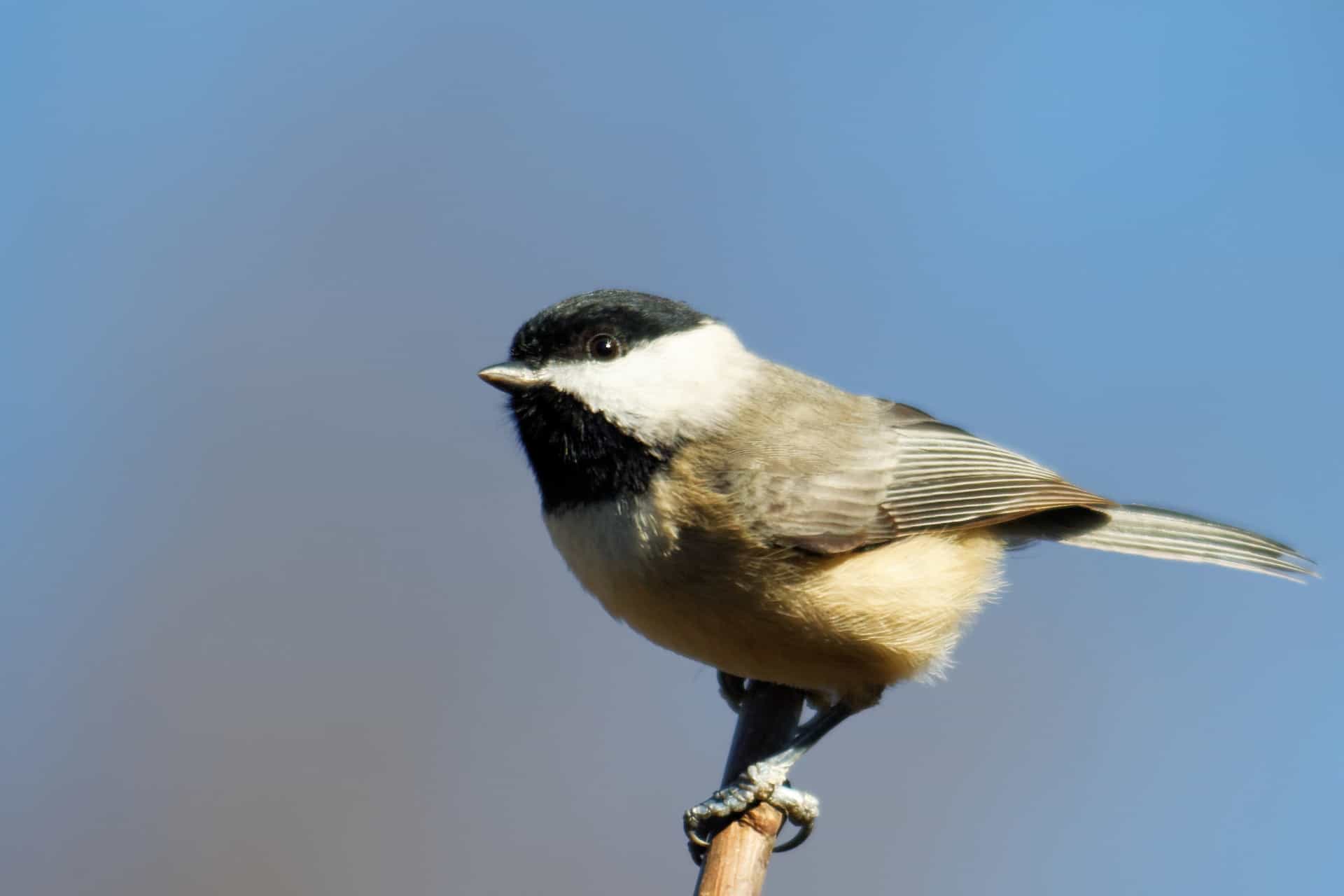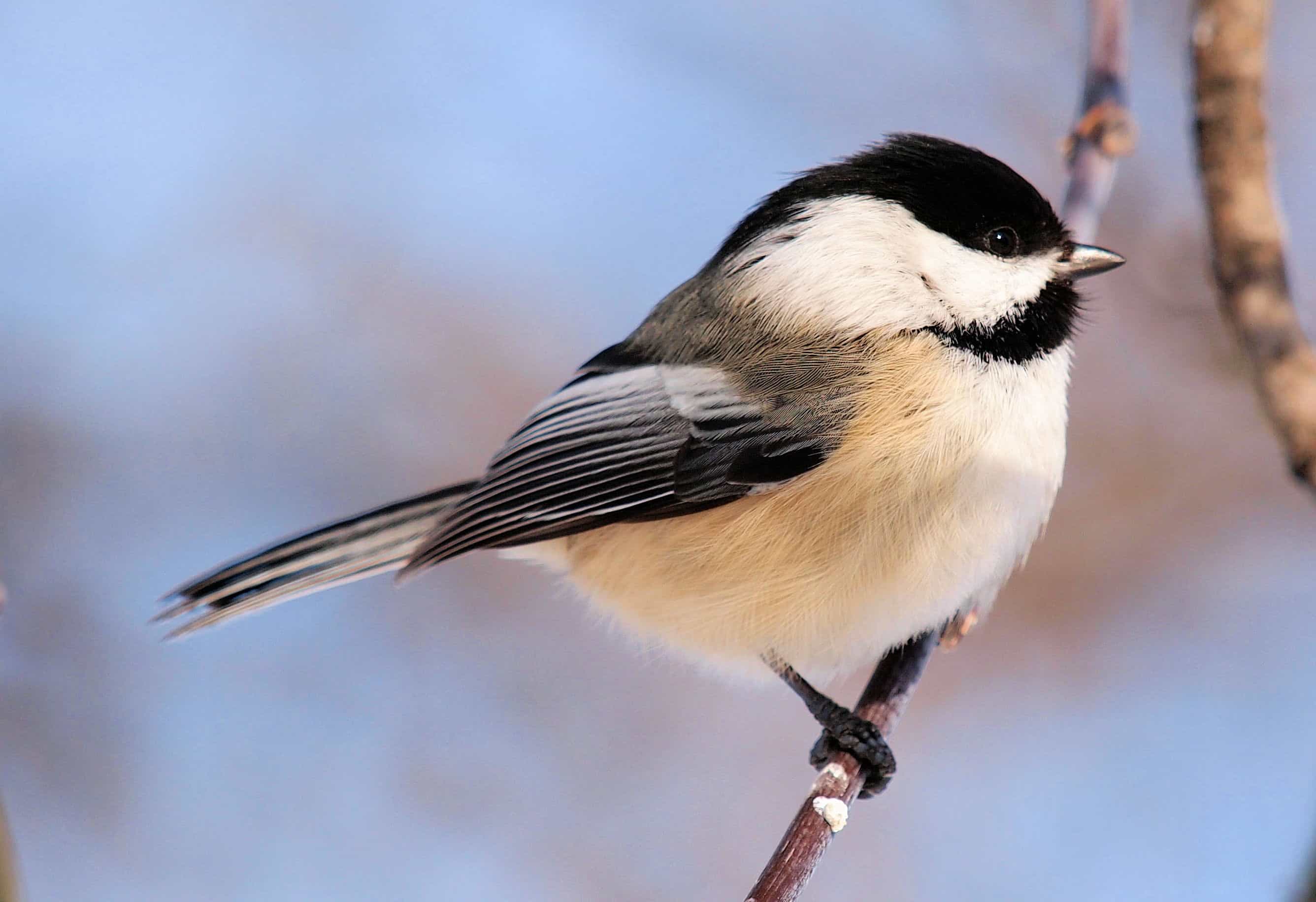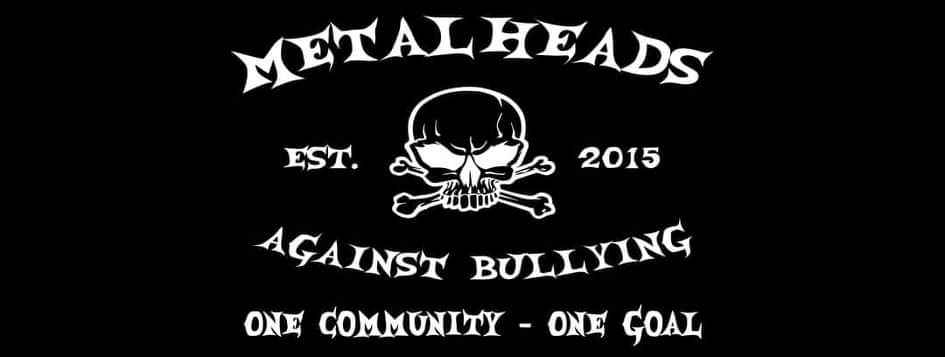Today, we’re learning some myths and folklore around the Chickadee. The idea to check out the myths for this bird came from Lisa Jennifer Petr.
The Chickadee
There are seven species of this bird in North America and the black-capped variety you see in the photos here is the one that’s spread over the largest area. They live in mixed forests and forests with broad-leaved trees in much of Canada and the northern two-thirds of the United States. The Chickadee is known for its cheerful song and some people consider its call to be the first sign of spring.
It’s a small bird, related to the Tit-family, with a solid black cap and bib, white cheeks, greenish-grey back, a yellowish-white stomach, dark grey wings and long tail.
They primarily eat insects during the breeding season with some added seed and fruits. During the rest of the year, they eat about 50/50 animal and vegetable food like seeds, spiders, insects, and even the fat from dead animals.
These birds are known to store food items for leaner times, like seeds or larvae when there’s a lot of food. The Chickadees brain actually grows in size during the autumn months so it can better remember where it hid food later.

Chickadees remember which sites have been emptied, either by themselves or by others, and Black-capped chickadees will wait to hide the food if they notice that someone is watching them.
A group of chickadees can be called a banditry, probably because they look like they’re wearing a mask.
Mythology
In many Indigenous American tribes, The Chickadee is a symbol of success, and it is considered good luck to see or hear one, particularly in a dream or vision.
There’s a Cherokee legend about a Chickadee helping the people defeat an evil witch. There’s also a Seneca legend about one of these birds bringing a generous warrior back to life.
In Cherokee mythology it’s associated with truth and knowledge, and the arrival of one is seen as a warning of danger or to foretell the future. It’s associated with thinking, the higher mind and higher perceptions as well as mystery and the feminine, and uncovering the mysteries of the mind.
Folklore
- A Chickadee perching near the house, a long-missed friend will return
- If the chirping is particularly enthusiastic, it means that good weather is coming
- If you see one hanging upside-down, some good news is on the way
Spirit Animal
People who have this bird as their spirit animal are smart, adaptable, and manage to survive tough times. They’re probably some of the most adorable and irresistible people you know, full of joy and positive energy and they love to spread it around and share it with other people. They’re unlikely to get depressed, discouraged or desperate.

They’re attractive, charismatic and very interesting to talk to love while still being helpful and good listeners. They enjoy social gatherings, exploring new places and love to meet new people.
They’re usually creative, clever and artistic, as well. At the end of the day, they return to their closest friends and loved ones. These people are devoted to their partners and care a lot about their families. These people are also amazing parents.
The Chickadee stands for cheerfulness, playfulness, starting new projects, taking time to play, modesty and simple joys of life. Its song reminds us how good life is and that the greatest beauty is in simple things. It chases away dark thoughts, turning them to a good mood, filling our hearts with love and joy.
That’s all for this time 🙂






